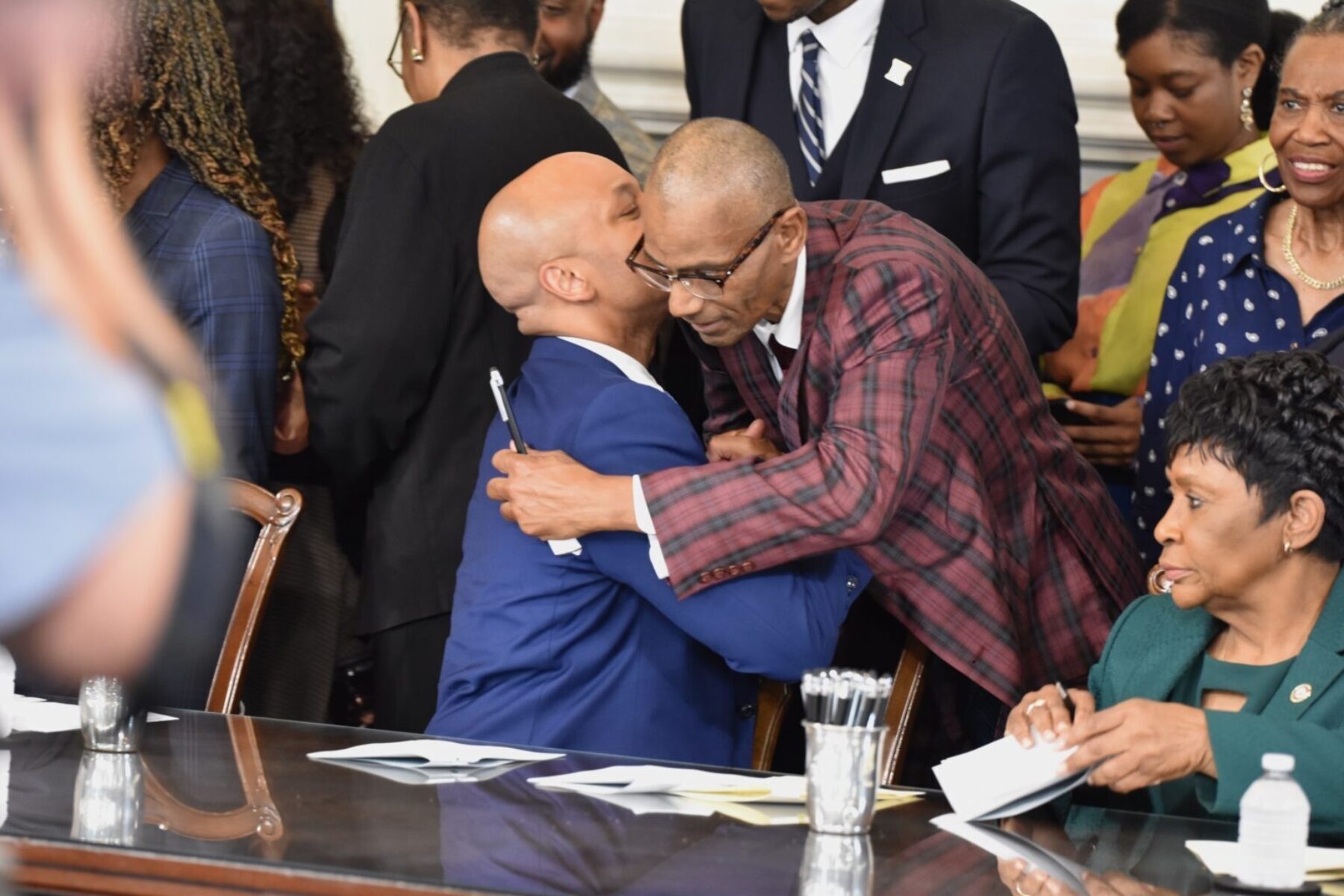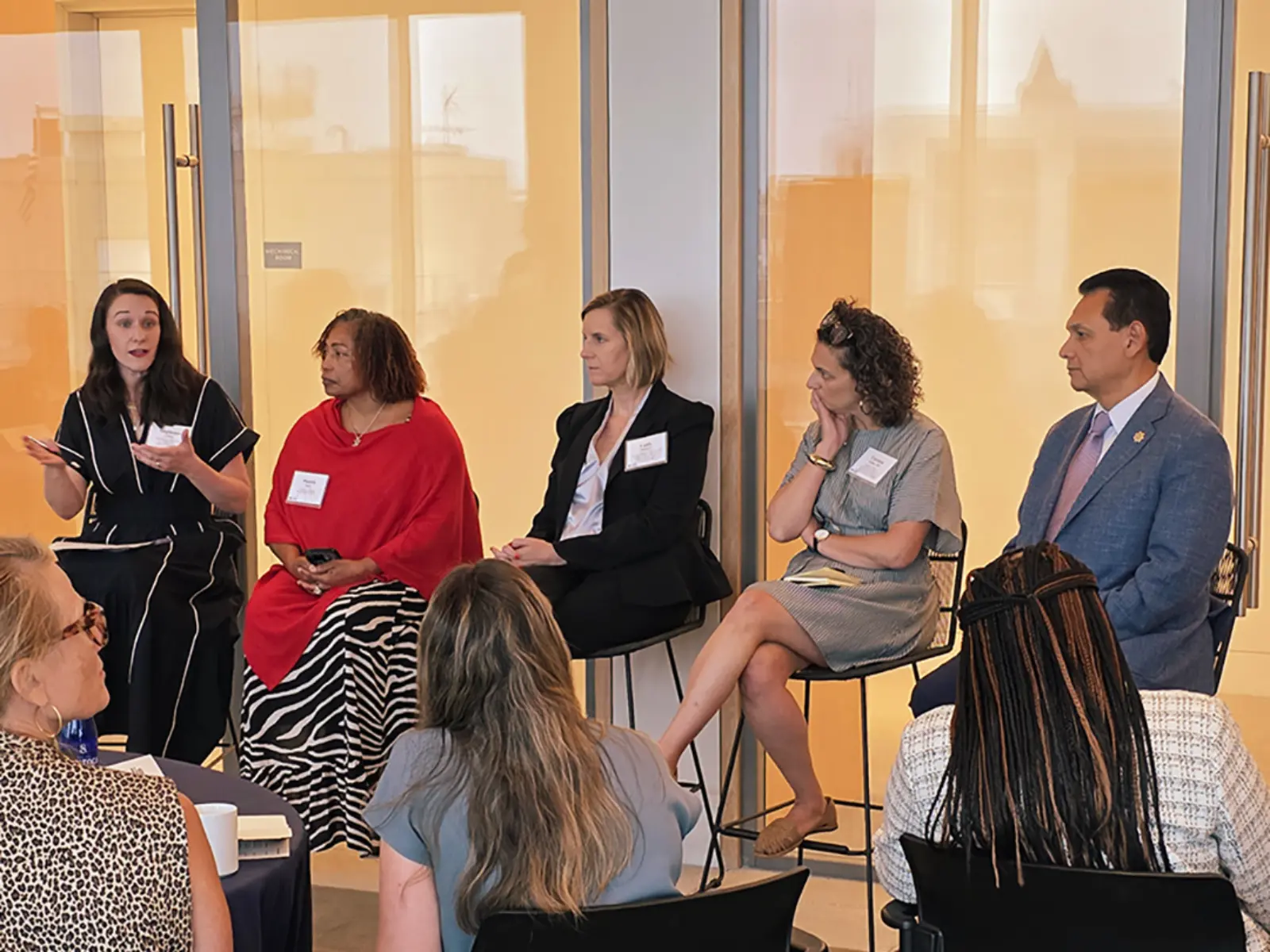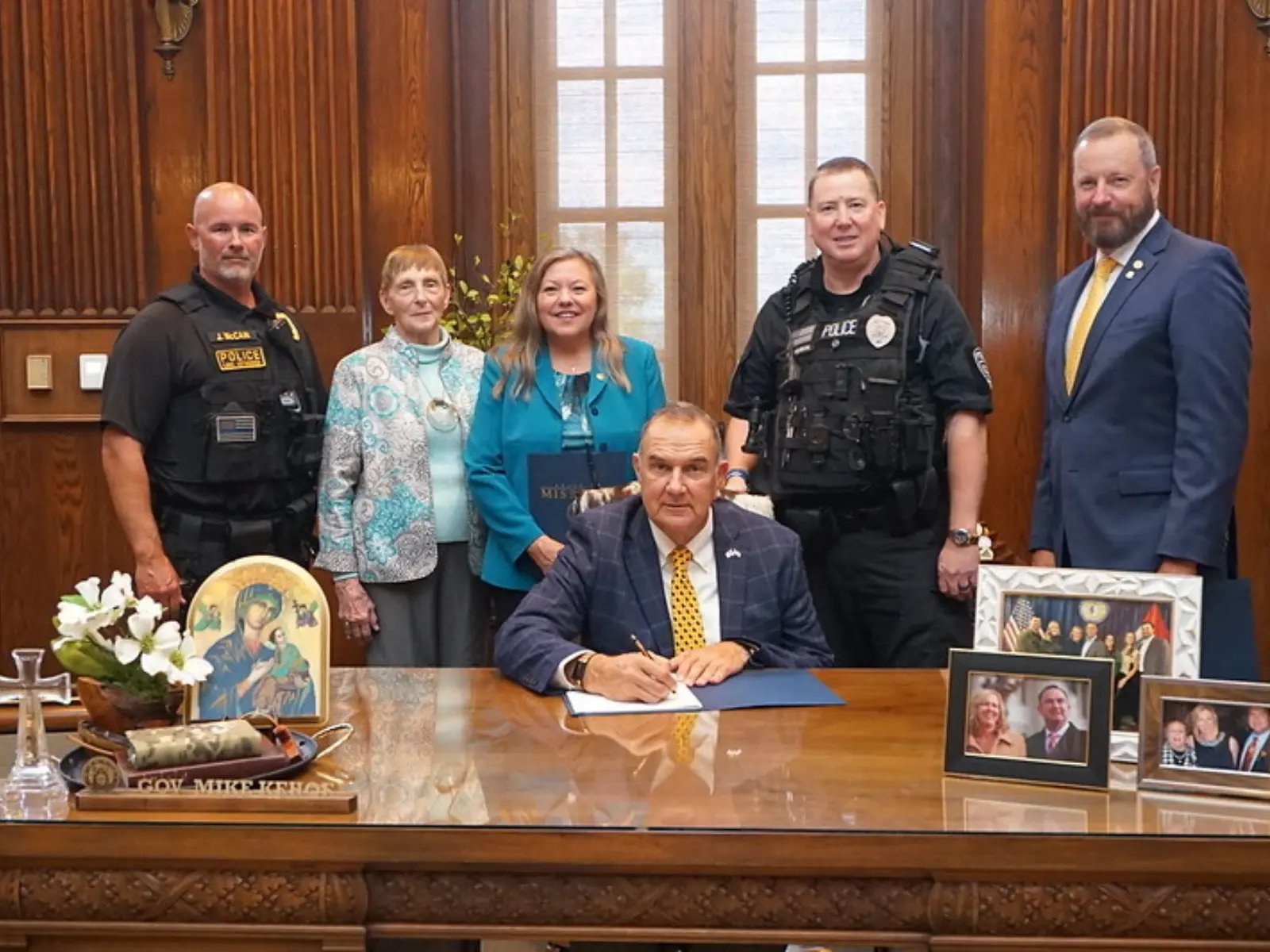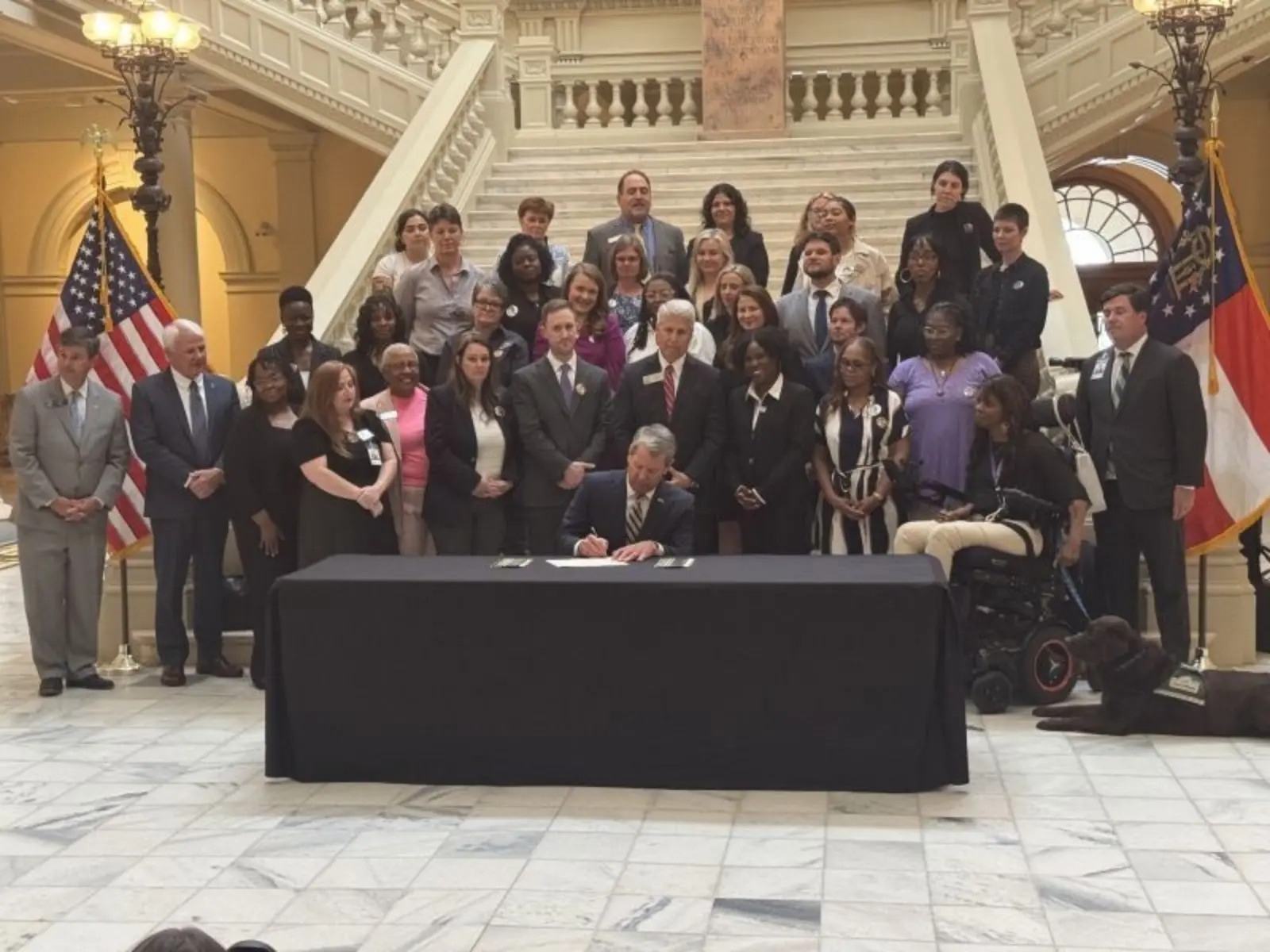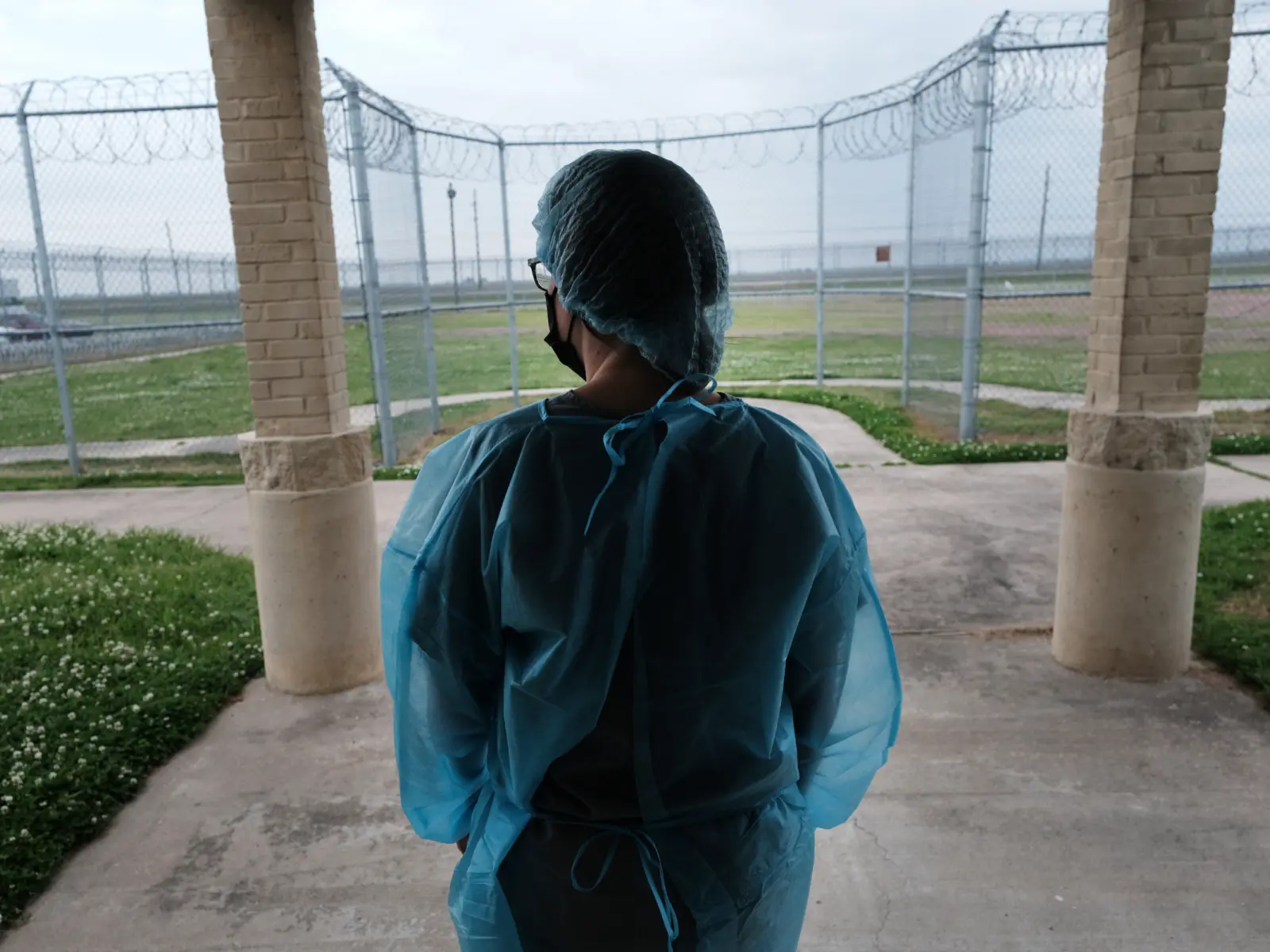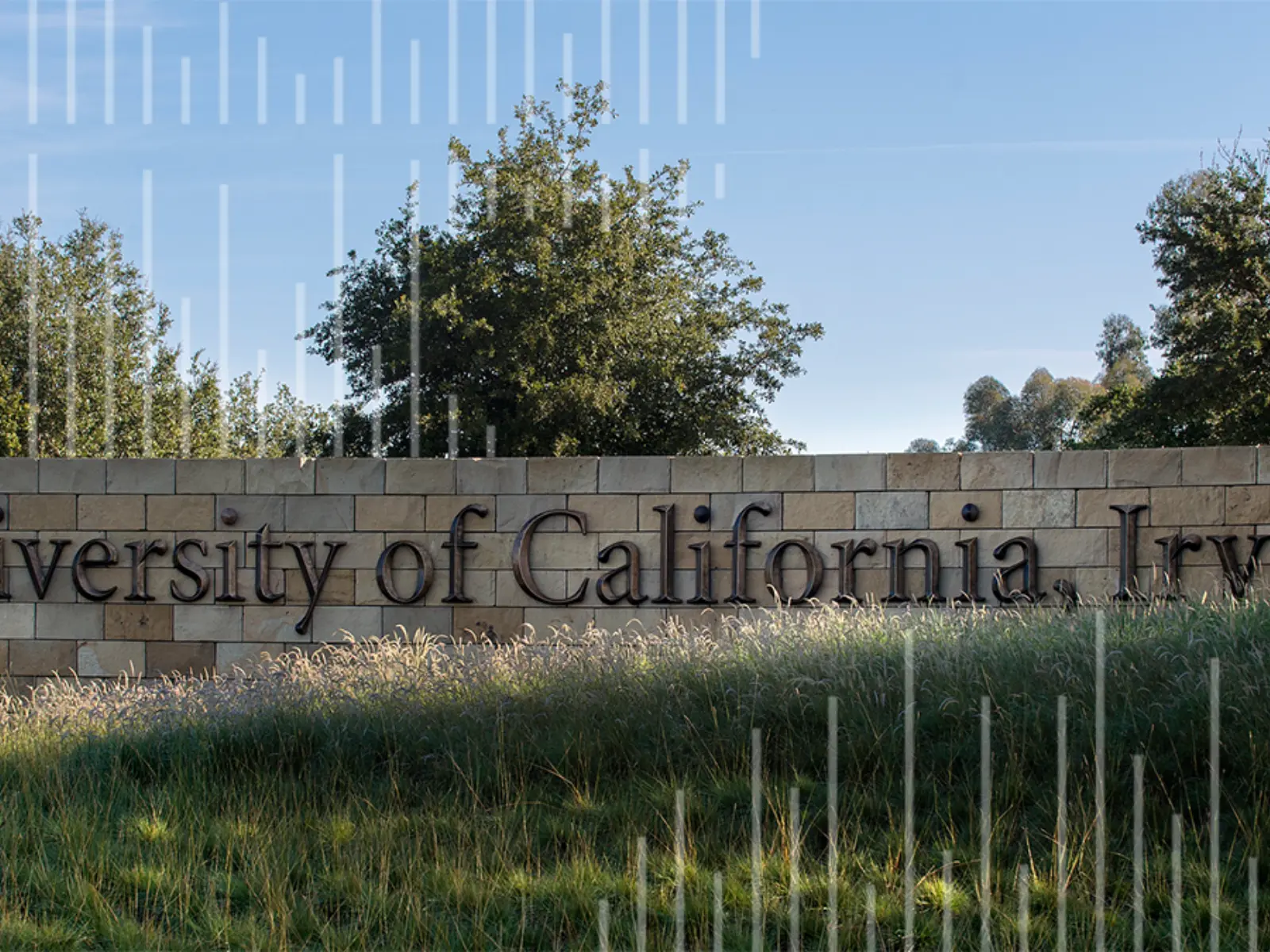Jurisdictions across the country are exploring ways to balance public safety with meaningful changes to their criminal justice system that increase opportunities for redemption and rehabilitation. Maryland is one state that is on the cutting edge of this effort.
Amid falling crime rates, policymakers have chosen to follow the evidence on what works and what does not to reduce crime and improve public safety. Specifically, they recently passed historic legislation to improve oversight and accountability in the state’s prisons, expand geriatric and medical parole, and provide a “second look” opportunity for some people serving long sentences.
These efforts are based on a growing body of research that shows:
- that the certainty of being caught and punished is more effective at deterring and reducing crime than the severity of punishment;
- that people age out of crime, so keeping sick and elderly people locked up is both ineffective and expensive; and
- that poor and unsafe prison conditions have an effect on staff, incarcerated people, and community safety.
“Looking at the first quarter of 2025, Maryland has passed comprehensive reforms tackling long sentences – second look for those under 25 and expanded medical and geriatric parole eligibility – along with other essential changes to state law,” says Alyson Clements, director of criminal justice advocacy for Arnold Ventures. “Our local partners, including Justice Policy Institute (JPI), FAMM, the Center for Criminal Justice Reform at the University of Baltimore School of Law, and many others, have worked on these efforts for years, and it’s encouraging to see such strong action from the legislature.”
New chances for release
Among the bills signed by Maryland Gov. Wes Moore this session was the Second Look Act, which builds on the Juvenile Restoration Act of 2021. When the law takes effect in October, it will create new opportunities for certain people in prison who have served at least 20 years — and were 18 to 24 years old at the time of their crime — to seek a lower sentence. Roughly 650 incarcerated people currently meet the bill’s eligibility criteria, according to the state’s Department of Public Safety and Correctional Services.
Sara Citroni, director of peer services at Prepare Parole, says this opportunity will be life-changing for men and women who have spent long terms in prison. Citroni was 17 in 1993 when she was convicted of first-degree murder and sentenced to life in an adult facility. Altogether, she spent nearly 30 years in prison.
While serving her term, Citroni became involved with numerous rehabilitation programs that helped her turn her life around. But she held little hope for release. “For many years, I just stuffed the idea of going home out of my head and stayed busy and tried to be a better person,” Citroni, 49, says.
It was the Juvenile Restoration Act – which allows sentence reductions for people who have served at least 20 years for a crime committed before age 18 – that finally gave Citroni a chance to have her sentence reconsidered. At the hearing, she says, her original prosecutor was one of her biggest supporters. The court recognized that she was a changed person and granted her release. “I honestly didn’t believe it was real at first,” Citroni says. “It felt amazing. I didn’t think I would get a second chance.”
With the passage of the Second Look Act, that opportunity will be available to more people. However, “this is not a get-out-of-jail-free card,” says Celeste Trusty, state legislative affairs director of FAMM. “There’s a lot of process and judicial review to make sure that people qualify.” Specifically, the courts will determine whether a person has been truly rehabilitated and whether they pose a safety risk to the community. As such, it begins to refocus the system on safety rather than retribution.
The Maryland Second Look Coalition – which included JPI, FAMM, and the Center for Criminal Justice Reform, along with a host of directly impacted Marylanders and other groups like the ACLU and the Sentencing Project – led the work to get the bill passed. The bill also received support from the state’s Attorney General and Public Defender offices through their partnership in the Maryland Equitable Justice Collaborative.
A second, separate piece of passed legislation expands geriatric and medical parole. Specifically, it changes the geriatric parole eligibility requirements, removes the governor from the medical parole process, and revises requirements around risk assessments for parole release. It will create release opportunities for around 400 additional people.
“The Maryland medical and geriatric systems were broken,” T. Shekhinah Braveheart, advocacy associate at JPI, says. “The statute contained technical errors that made geriatric parole completely ineffective. Maryland is turning the page on a system that’s kept so many aging and sick people behind bars for far too long.”
JPI led the coalition to advance the legislation alongside other advocates, working this session with Sen. Shelly Hettleman and Del. Sandy Bartlett, as well as the offices of the public defender and state prosecutor to finalize the bill language. The result is a law that allows the Parole Commission the ability to do its job without additional red tape. In fact, the Maryland Parole Commission itself endorsed the bill, explaining that under existing law they could not parole people they deemed should no longer be held in prison due to age or sickness.
It also cuts high costs of incarceration. “We are spending so much money incarcerating people who simply don’t need to be there,” Trusty says.
Oversight and transparency
In addition to parole changes, Maryland recently advanced new prison oversight measures. In 2024, Gov. Moore signed a bill establishing the Office of the Correctional Ombudsman and appointed Yvonne Briley-Wilson as correctional ombudsperson. This year, as a result of continued advocacy, the legislature increased funding for the ombudsman office, which will allow it to hire additional employees and expand its scope.
“The most important factor in passing the bill were the voices of impacted people – behind the walls, formerly incarcerated, and loved ones – about the experiences they were having,” says Heather Warnken, executive director of the Center for Criminal Justice Reform who worked to advance the bill, including by helping to facilitate the submission of volumes of testimony from currently incarcerated Marylanders. “This new office is also incredibly important for protecting the correctional workforce and volunteers from the untenable working conditions, mental health challenges, and daily traumas that they face in Maryland’s correctional facilities. That was a continued theme in the legislature in 2025.”
Prisons in Maryland, like in many other states, are suffering from understaffing, overcrowding, and poor conditions, and there has been a well-documented list of constitutional, human, and other rights violations behind bars, Warnken notes. New staff and funding for the ombudsman will provide independent oversight of adult and juvenile correctional facilities and respond to complaints and grievances.
Putting change into practice
The new laws are not the end of criminal justice reform in Maryland; rather, they are the next step on a longer journey. The next big challenges relate to implementation and building on the progress made this session. The ombudsman bill, for example, is only a start to fixing problems in the state’s prisons, especially as it gets off the ground with limited scope, piloting with the Jessup Correctional Institution, Warnken says. With new funding in place, the office will be able to begin implementing a crucial prison oversight role. However, it will simply respond to complaints, rather than fully address the conditions of confinement. That will take more work.
Similarly, while the Second Look Act will begin to put new release opportunities into practice, fully turning the page on a system that kept too many people locked up for too long is a longer fight. Advocates like Trusty note that some incarcerated people were left out due to the nature of their original offense and that these exclusions do not make sense, based on the evidence. The coalition hopes that future bills will make them eligible. “Together, lawmakers and advocates laid the groundwork for future expansion, and I’m hopeful that will occur,” Trusty says.
Lastly, all these changes will require support from practitioners on the ground. Today, for instance, Citroni continues her advocacy work with Prepare Parole, helping incarcerated men and women make the case for release and assisting a successful reentry process with services like employment and housing support. “Now that there are more avenues for release,” she says, “there need to be more resources for people inside and once they come out.”

